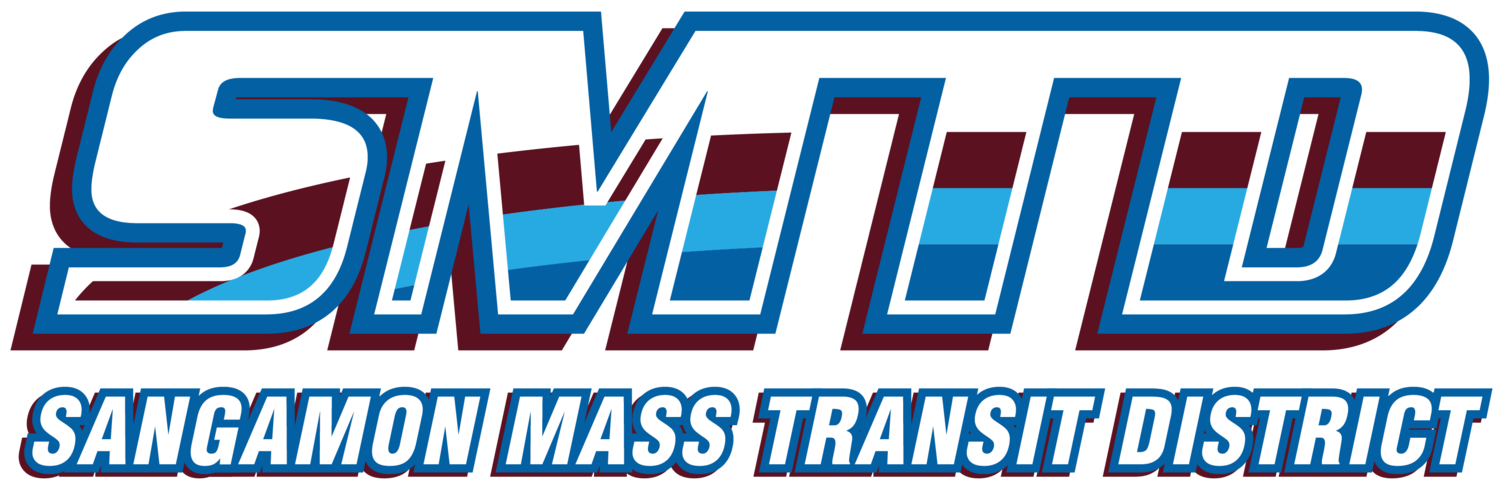Sangamon Mass Transit District’s (SMTD) Board of Trustees met Monday for their regular May meeting and approved the district’s first Zero Emissions Fleet Transition Plan as required by the Federal Transit Administration (FTA). Many applications for federal grant funding now require a zero-emissions fleet transition plan, and SMTD developed the new plan to meet this requirement to apply for the next round of new buses to replace aging diesel buses.
“Since adding compressed natural gas (CNG) buses to our fleet in the mid-90s, SMTD has been a leader in Illinois in running low-emissions buses,” said SMTD Managing Director Steve Schoeffel. “With forty percent of our fleet CNG, we’re moving to change out our diesel fleet with diesel-electric hybrids, making our fleet fully low-emissions in the next ten years.”
SMTD currently runs 34 diesel-fueled buses and 22 CNG buses. The transition plan calls for gradually replacing the diesel buses with hybrids, then eventually introducing hydrogen fuel cell buses, transitioning the fleet to over fifty percent zero emissions in the next twenty-five years. For redundancy, SMTD plans to always utilize at least two different fuel types in the event an emergency or disaster eliminates one fuel source. So, unless a good alternative for CNG emerges, a portion of the fleet will remain fueled by CNG well into the future.
“We’re still planning studies to determine our next alternative fuel, but early research shows hydrogen fuel cell buses (HFCB) may be a better fit for our fleet, our operations, and our local climate,” Schoeffel said. “Any alternative fuel vehicle we decide to go with will be more expensive than diesel or CNG buses, and they will require fueling infrastructure. Right now, we’re leaning toward HFCBs, and we should be able to come to a more concrete decision in the next few years.”
Other agencies – particularly AC Transit in Oakland, California – have been studying various fuel-type buses side by side over decades, including diesel, hybrid, battery-electric buses (BEB), and HFCBs. Those studies have shown HFCBs can serve as a one-for-one swap with diesel vehicles based on range, operate more reliably in extreme heat or cold, and provide less down-time for repairs than BEBs. The possibility of eventually running HFC fueling stations exclusively with solar power is also an attractive option under consideration, ultimately reducing SMTD’s reliance on the local power grid.
SMTD believes while the up-front cost of the buses and infrastructure will be higher than maintaining the status quo, the cost to operate the vehicles and the reduced impact on the environment in local neighborhoods is a benefit.
“We operate in eighteen census tracts designated as ‘disadvantaged’ by the Council on Environmental Quality’s Climate and Economic Justice Screening Tool,” added Schoeffel. “Whether because of issues with sustainable housing, workforce development, health burdens, clean energy availability, or legacy pollution, these disadvantaged communities will immediately benefit from cleaner-running buses on their streets.”
Cost estimates for HFCBs and BEBs exceed a million per bus, nearly double the current cost of a diesel vehicle, which is why SMTD is moving in a measured, deliberate manner. Much of the funding for the fleet transition is expected to come from federal grant funds.
“We anticipate growing service needs and higher operational costs in the future, so we want to avoid saddling our successors with an unsustainable fleet replacement plan,” he said. These decisions are quarter-century or longer decisions, and we will be as efficient as we possibly can be with the tax dollars we are responsible for.”







